Range Rover Sport history
Jaguar Land Rover launched the Range Rover Sport in 2005 as a mid-size luxury sport utility SUV vehicle that was assembled in Solihull plant in UK. The first generation in this segment was named L320 and that was substituted by the second generation Sport in 2013 which had the code name L494. The prefigure Range Stormer concept car introduced 2004, quickly gained a ‘Sporty’ reputation with a low-slung, short wheelbase 3 door coupe appearance. Chief Designer gave the Sport a unique look with split-folding gullwing doors, single piece skeletal seats, clamshell hood, 22 inch alloys, 4 WD, weighing in at 2500kg and speeded up to 289 km/h maximum. The successor Range Rover had the traditional 5 door style and a wheelbase length of 108.1 inches (2745mm) almost comparable to Range Rover Evoque and also retained the integrated body frame, independently suspended style, standard Brembo front brakes and semi-monocoque design similar to Discovery 3 variant. These attributed structural strength and refinement better suited for off-road performance.
Range Rover Sport L320 |
Range Rover Sport L494 |
The powertrain consisted of a supercharged 4.2 L aluminium AJ-V8 engine which gave greater power and torque capacity. The diesel version had the latest 2.7 L turbo diesel TDV6 engine. All engines were fitted with an adaptive six-speed ZF automatic transmission featuring ‘Commandshift’ technology that allowed the driver to manually operate the gear system. The transmission controls ranged from 8 -speed automatic, 6- speed automatic to 6- speed ZF HP38 automatic. This first generation variant featured cross-linked air suspension which rendered it with better off-road performance be operating valves in pneumatic lines also retained the Terrain Response System with five settings such as grass, gravel, mud, snow, sand and rock crawl and allows manipulation of dynamic stability control, electronic traction control, throttle mapping, suspension ride height, engine management, electronic driving aids, transfer case ranges, and hill descent control systems.
Other advanced technologies that this variant featured included a proactive Dynamic Response System, Active Cruise Control and Forward Alert System to name a few, and this gave better on-road and off-road handling. In 2009 the Range Rover Sport first generation received more upgrades with a new aerodynamic front end featuring new headlights, grille, rear lights, fascia, steering wheel, door linings, seats, instruments, switchgear and bumpers. Also three new engines were introduced which were the 5.0 L V8 petrol engine, 3.0 L V6 petrol engine and 3.0 V6 diesel engines which were capable of reduced CO2 emissions.
The second generation Range Rover Sport L494
In March 2013, the second generation Range Rover Sport code named as L494 was launched and it featured the Dynamic Response suspension with active anti-roll bars. The front bumper design was revamped featured a black main grille and larger ducts and had a wheelbase length of 115.1 inches (2923 mm) and were offered with 3.0 L V6 diesel and 5.0 L V6 petrol engines. In August 2014, the Range Rover SVR (Special Vehicle Racing) was launched by Land Rover which had many improvisations, fitted with 21-inch alloy wheels, a supercharged 5.0 L V8 engine and a revamped chassis which rendered it the fastest in its segment capable of 0-60 mph in 4.5 seconds and 162 mph top speed.
Our company "UKAR Auto Parts" offers you to buy spare parts for Range Rover Sport with worldwide delivery. You can choose OEM and Genuine spares by different famous manufacturers.

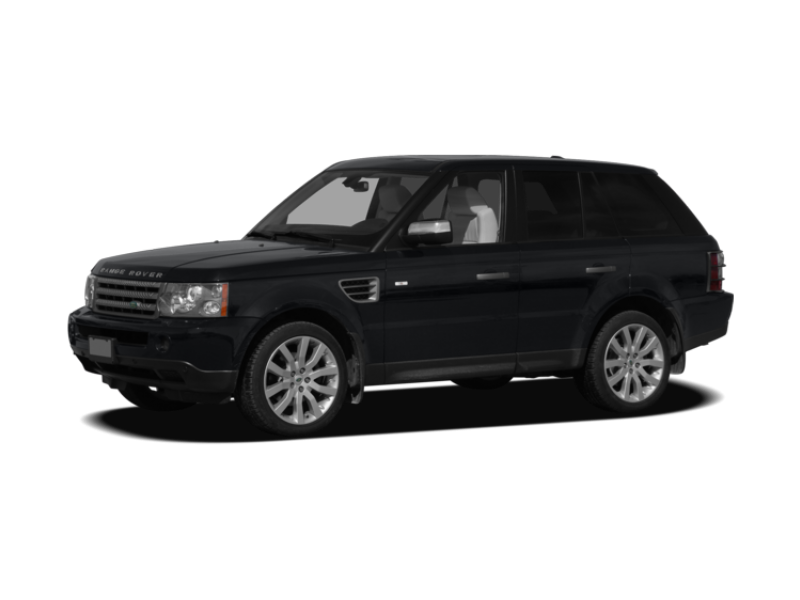
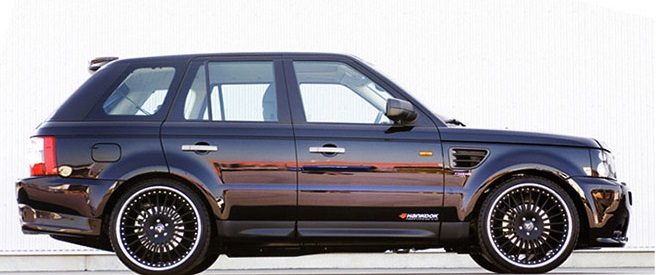
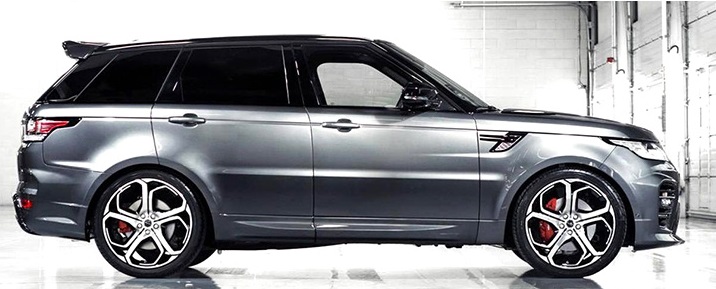
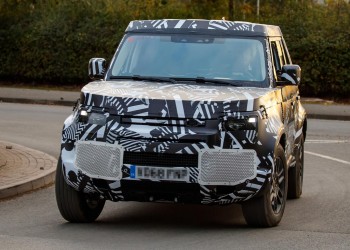
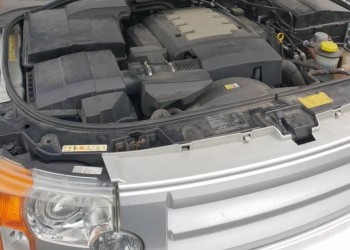
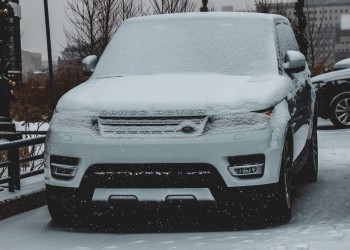
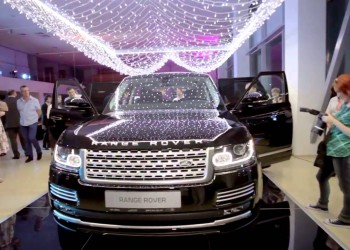
0 comments